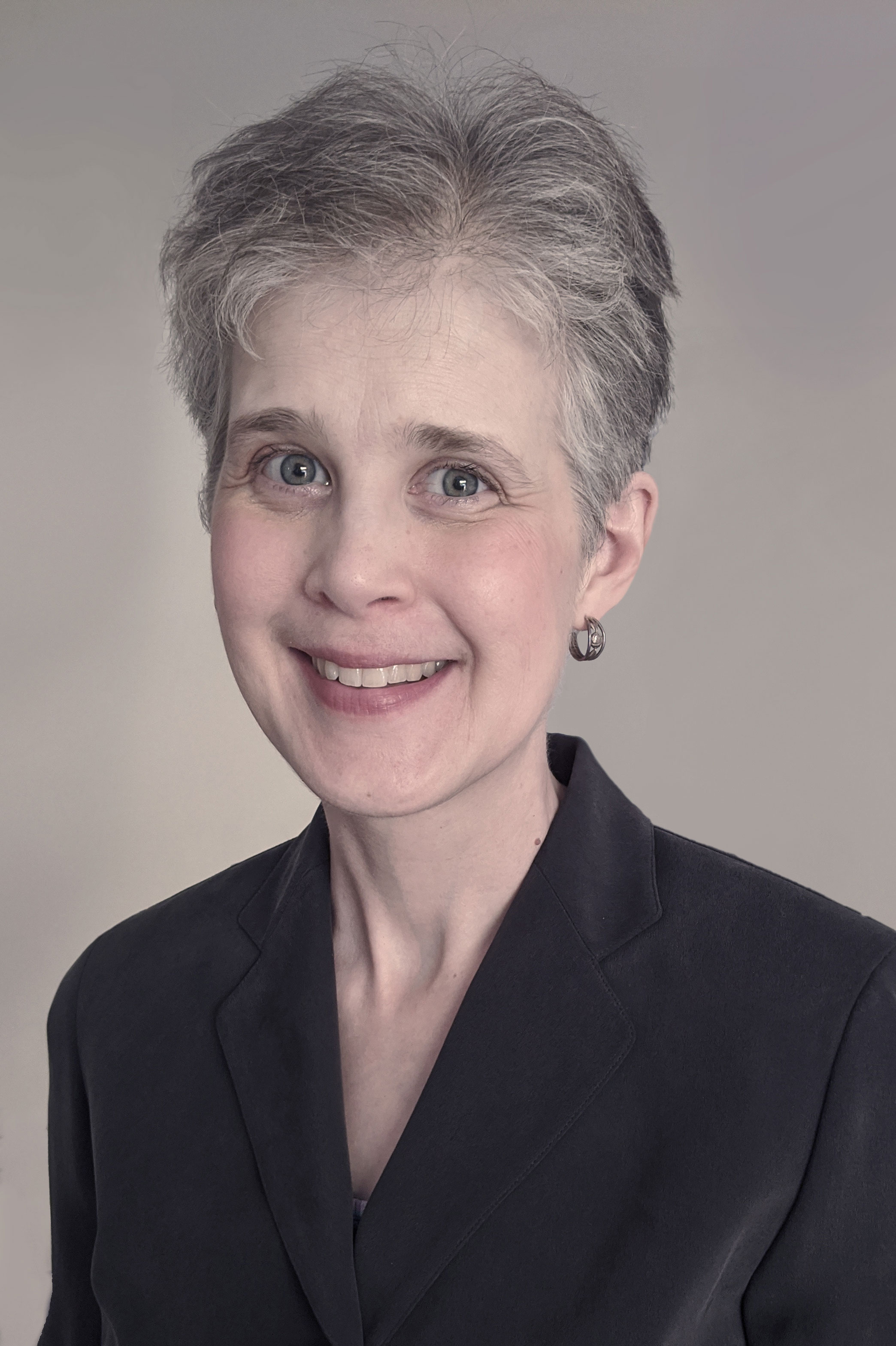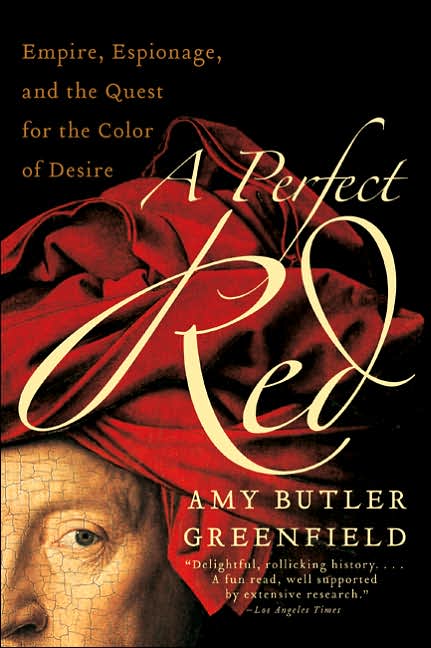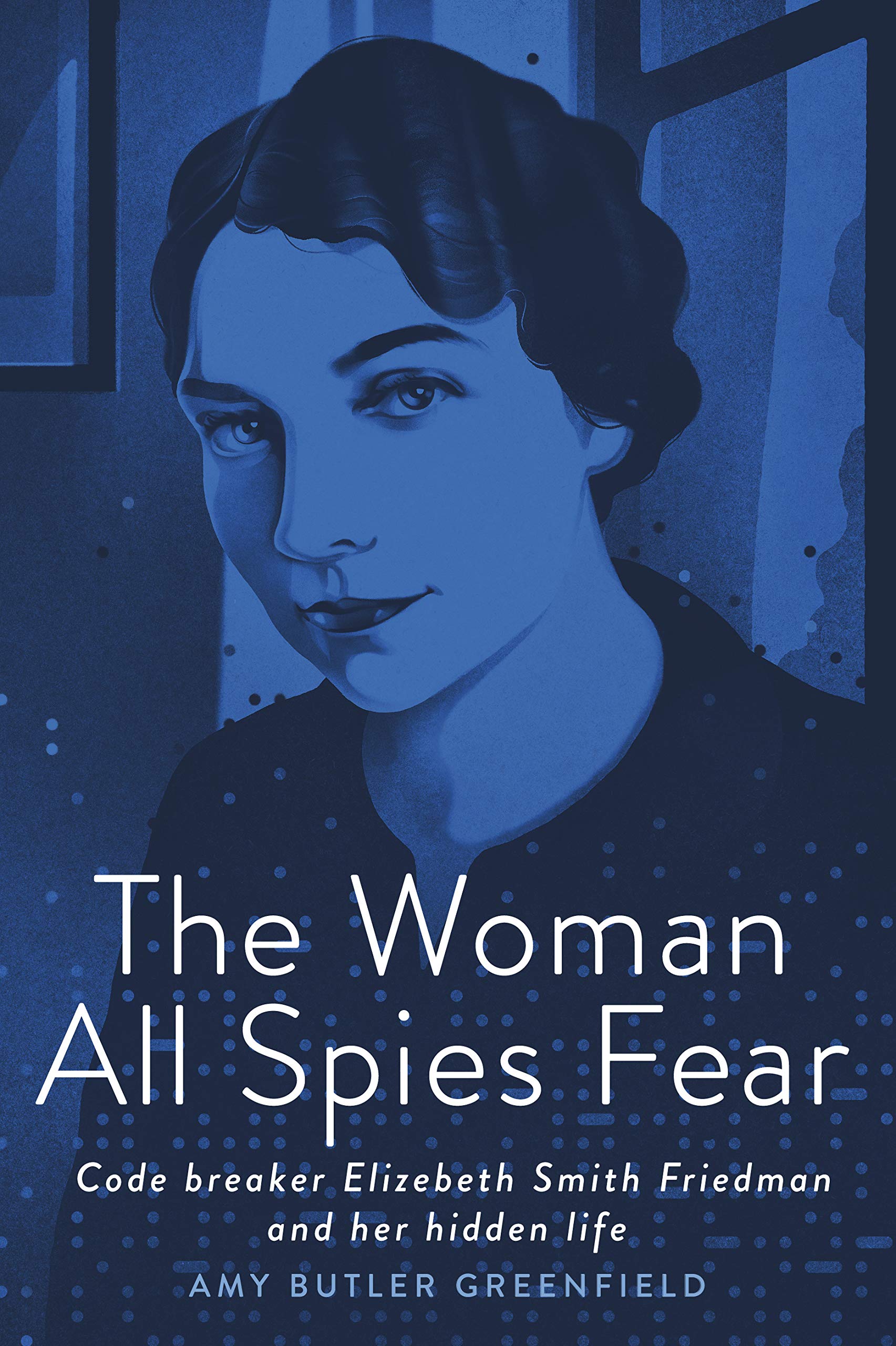

Where do you get your ideas?
Writers get ideas from all kinds of places: from their dreams, from their past, from news reports, from funny things people say. Sometimes the best ideas seem to come out of thin air.
What usually inspires me to write is history—especially parts of history that most people haven’t heard about.
Do you write every day?
I write on most weekdays, but I usually take the weekends off. Even on weekends, though, I’m often thinking about writing in the back of my mind.
Did you read a lot when you were a kid?
When I was growing up, I loved reading as much as I loved eating. (I still do.) In fact, I loved reading while I was eating, even if was only the back of cereal boxes. I also read while getting dressed, combing my hair, setting the table, washing the dishes, and folding the laundry. If I could have read in the dark, I would have—but since I couldn’t, I made up stories in my head instead.
Did you write stories when you were a kid?
I started a lot of stories, but I didn’t finish many of them. I’d get stuck figuring out what happened next, and I thought I was supposed to get everything right in the first draft. It was only when I got older that I got better at plotting and drafting. Now rewriting is my favorite part of writing.
Do you use a computer?
Yes, I do most of my writing on a computer. Sometimes I use dictation software, because it's fast and it gives my hands a rest. The only problem is that it sometimes makes mistakes. Instead of writing "Ra the Mighty is a cat," for example, it might type "Ra the Almighty is a rat." Luckily, the mistakes are easy to correct!
Do you have any pets?
I grew up in a family that loved animals. We had rabbits, hamsters, cats, dogs, and chickens. My favorite pet was Magic, a black cat who was born in my closet. Our resident pet right now is Galileo, or Leo for short. He is a dwarf hamster who loves to climb things, jump off them, and then do it all again. His favorite foods are broccoli and sunflower seeds.

Leo
What do you do for fun?
I bake and sing and cook and read and garden and make jam. I love to walk, and I collect hats and wear them. Best of all, I spend time with my family and friends.
Why do you love to write about history?
The short answer:
For me, reading and writing about history is the best possible form of time travel. You can do it almost anywhere, it costs hardly anything, and you don’t have to worry about getting shot, or stuck, or eaten by a crocodile.
The long answer:
When I was small the whole country was celebrating the Bicentennial of the United States. I grew up watching re-enactments of 1776 and the American Revolution, and I even took part in some. I saw lots of fife-and-drum concerts and people wearing mob caps and three-cornered hats and actors proclaiming, “Give me liberty or give me death!” Looking back, I can see it was a peculiar time, but to me it just seemed normal.
My whole neighborhood rang with bells on the Fourth of July, so loud I covered my ears. I remember touching the side of the Liberty Bell, right near the crack. (You could do that then. Now it’s behind glass.) I stood where Ben Franklin and John Adams and Thomas Jefferson had stood, and I walked where they walked, and it all felt very real to me.
Other history fascinated me, too. I read the Little House books, and I wore a sunbonnet like Laura’s. I also listened to my dad talk about the Trail of Tears, which some of his own ancestors had endured. I started to understand that history had many sides, and it mattered who was telling it.
When I was nine, we moved north to the Adirondacks and the town of Ticonderoga. History was everywhere there, too. If you looked hard, you could find arrowheads and bullets in the woods and fields, marking the fierce clashes of the people who fought over that land. Later I lived in England, and then in the Midwest. Both places taught me new ways of seeing history—especially the parts buried in plain view.
Wherever I go, I can’t help thinking about all the people that have come this way before me, and about the connections among us all. That’s why there’s a piece of history—sometimes a little, sometimes a lot—in everything I write.

